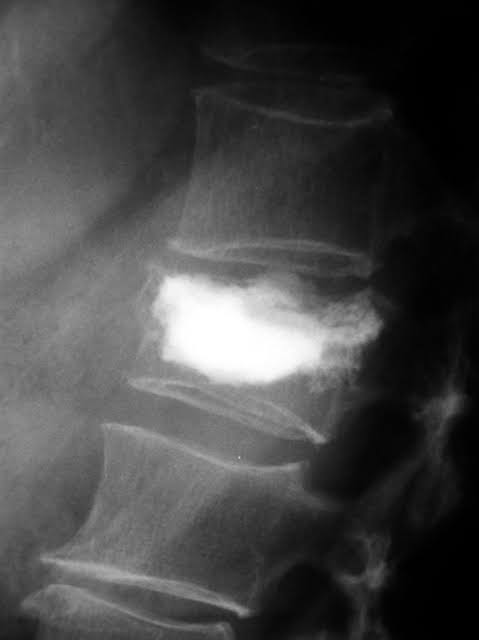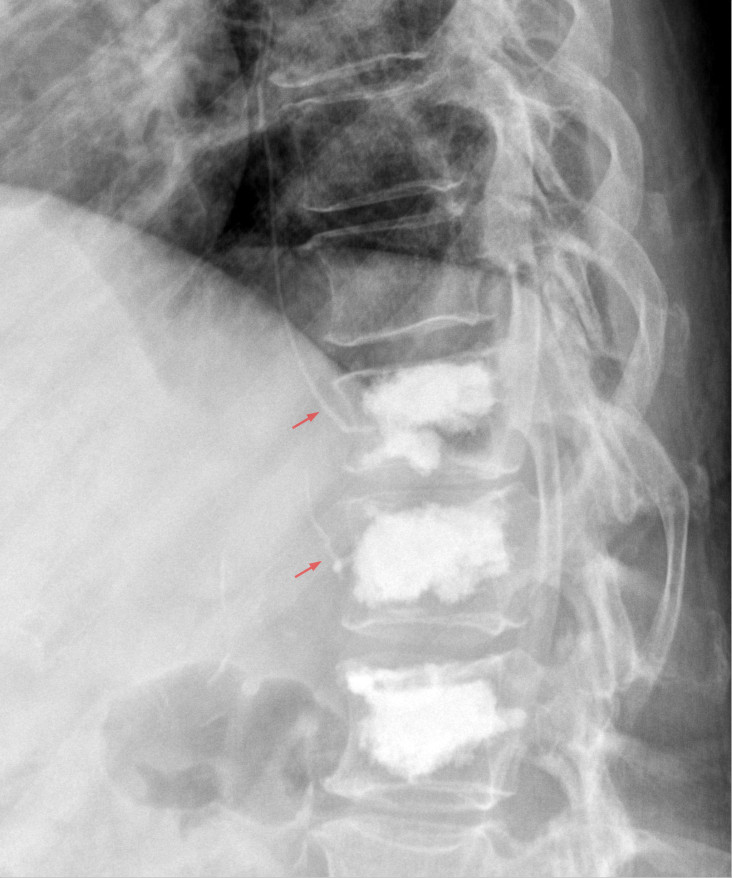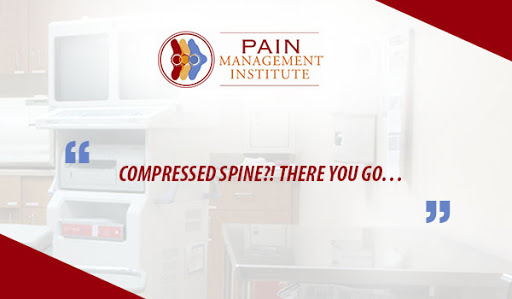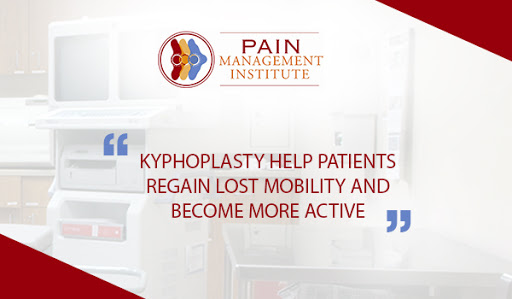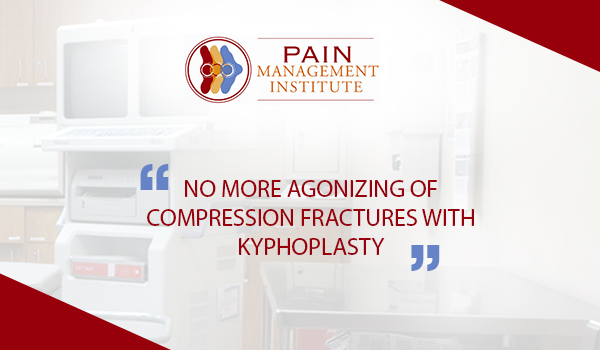Kyphoplasty treatment is minimally invasive procedure used to treat vertebral compression fractures of the spine. These wedge-shaped and painful fractures can be caused by osteoporosis and an injury. If they left untreated, they can lead to a humped spine or kyphosis. Kyphoplasty treatment helps correct the bone deformity and relieves the pain associated with spinal compression fractures
Candidates for kyphoplasty
You are a candidate of kyphoplasty treatment if you have painful vertebral compression fractures from any of the listed conditions;
- Metastatic tumor (a cancer which spread from another area)
- Osteoporosis (a lowering of calcium in bones)
- Vertebral hemangioma (benign vascular tumor)
- Multiple myeloma (bone marrow’s cancer)
One thing you should keep in mind is that kyphoplasty treatment will not improve old and chronic fractures, nor will they reduce back pain associated with stooping forward and poor posture. Kyphoplasty is significantly effective when it is chosen as soon as the first week after a fracture.
How kyphoplasty is actually performed?
You need to lie down on your stomach before kyphoplasty treatment has been started. The area in which the needle will be inserted is cleaned and sterilized and local anesthetic may be injected in the same place. Surgeon will then perform the following steps;
- The surgeon inserts a hollow needle called as trocar into your skin. With the help of fluoroscopy (a type of X-ray) they guide the needle through your muscles and into the correct position in your bone.
- Next they will insert an inflatable balloon into the trocar. The balloon is inflated to create the space needed for the bone cement.
- Once the space has opened up, the mixture is injected to fill it up. Imaging tests will help the surgeon to confirm that the mixture is distributed properly.
- After the cement is in place, the needle is removed.
- The area is bandaged. Stitches won’t be necessary.
- Your IV and monitoring equipment are then removed.
Time of procedure is depending on how many vertebrae is going to be treated. Kyphoplasty treatment usually takes less than an hour for treating one vertebra.
Restrictions you should follow after procedure
- No exhausting activity for the next 2 weeks including yard work and housework
- Avoid lifting or twisting and bending your back for the next 2 weeks
- For 2 weeks after surgery do not lift anything heavier than 5 pounds
- Do not drink alcohol for 2 weeks after surgery or while you are taking narcotic medication
- Do not drive for 2-3 days. Once the haziness from anesthesia wears off you can resume driving
Pain management institute is helping people to cure acute and chronic long term pain to resume a normal life style. PMI has provided many treatments like stem cell therapy and many others.
For more details call on 815.412.6166

